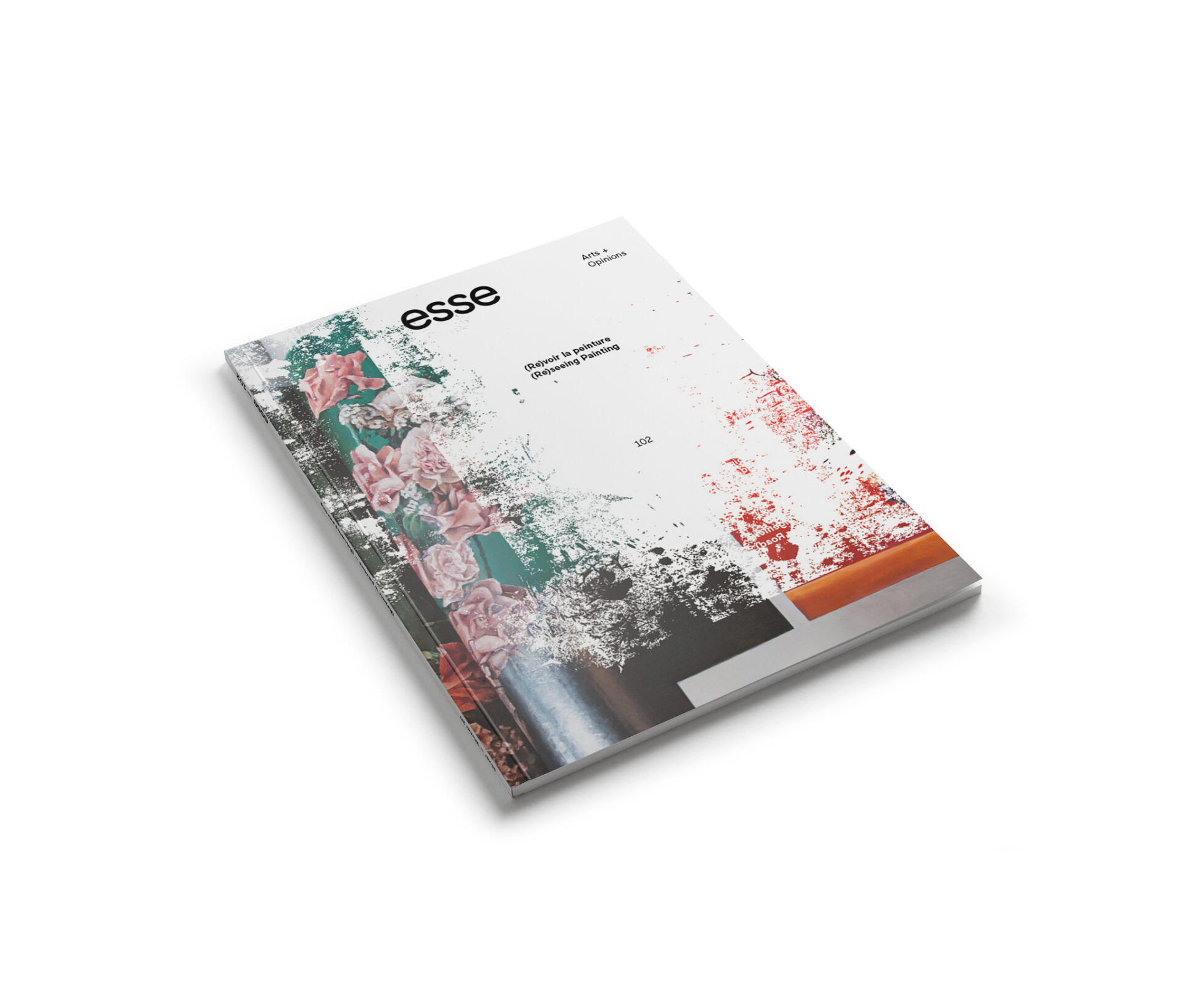
Too Hard: Gay Figurative Painting’s Gimmicks
For the last several years, contemporary painting has come under scrutiny for its gimmickry, the reliance on which some critics have described as “zombie” style. Extending Walter Robinson’s critique of contemporary “Zombie Formalism,” critic Alex Greenberger has identified the rise of “Zombie Figuration,” a genre of painting in which broomsticks might replace the human subjects in famous works (Emily Mae Smith) or Miss Piggy might kiss Kermit the Frog in the pose of a Rodin sculpture (Mathieu Malouf). As Dean Kissick argues of Zombie Figuration, these paintings appear to have been generated via “algorithm” insofar as that they are “designed to be fully apprehended in less than five seconds.”2 2 - Dean Kissick, “The Rise of Bad Figurative Painting,” The Spectator, January 30, 2021, accessible online. Such painting is contrived as if for the social media feed, and it asks for only minimal reflection on its viewer’s part. In reiter-ating the tropes and turns of prior art-historical moments, these writers argue, contemporary figurative painting signifies little more than its own cleverness in its undead shambling onward. The critics share a skepticism about the cheap tricks employed by painters whose works tend to sell for lucrative amounts—about the “jokes” of Zombie Formalism (Robinson), the “one-liners” of Zombie Figuration (Greenberger), or the “twists” of bad figurative painting (Kissick). The gimmicks of contemporary figurative painting are comical, annoying, and arouse suspicion about their putative value.



